Optical Lane Multiplexing: PAM4 in QSFP28 vs. QSFP-DD
There is always a constant need for faster and more effective data transfer in the fast-paced world of data centres. Consider it a freeway; data must go freely across it. Thus, optical lane multiplexing—a smart technique that combines several data streams onto a single optical fiber—comes into play here, increasing the capacity of our data highways.
Now, let’s explore this interesting topic in more detail. We’ll look at how PAM4 modulation, a kind of digital enchantment, is reshaping data centres. For your data, it’s like getting an upgrade from a standard sedan to a fast sports vehicle! We’ll explore its application in two widely used transceiver types: QSFP28 vs. QSFP-DD.
QSFP28 vs. QSFP-DD – Brief overview of optical lane multiplexing
Optical lane multiplexing, also known as wavelength division multiplexing (WDM), is a technique that allows many data streams to be sent simultaneously on a single optical cable. This technology dramatically boosts optical networks’ data-carrying capacity, making it vital for modern data centres.
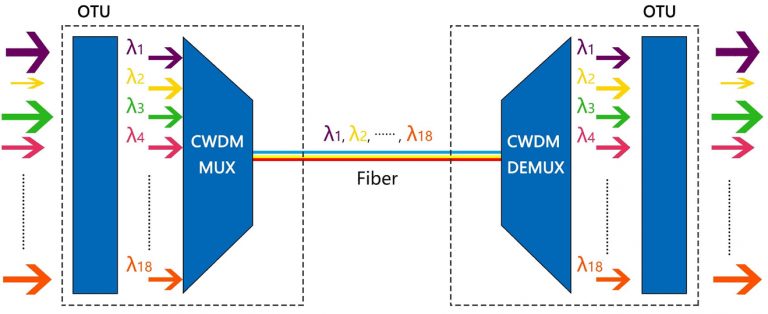
Wavelength division multiplexing or Optical Lane multiplexing
Importance of PAM4 Modulation in Optical Communication
Pulse Amplitude Modulation 4 (PAM4) is a modulation technique that enables the transmission of data at a pace twice as fast as classic Non-Return-to-Zero (NRZ) modulation by utilizing four unique signal levels. Pulse Amplitude Modulation-4 (PAM4) has emerged as a fundamental component in the field of optical communication due to its ability to provide increased data speeds and enhanced spectrum efficiency.

QSFP28 vs. QSFP-DD – Significance of QSFP28 and QSFP-DD Form Factors in Data centres
QSFP28 (Quad Small Form-Factor Pluggable 28) and QSFP-DD (Double Density) are widely adopted transceiver form factors within the context of data centres. The QSFP28 form factor has established itself as a prominent choice for high-speed interconnects, whilst the QSFP-DD form factor is the next generation design aimed at addressing the increasing requirements of data centres. Gaining a comprehensive comprehension of the distinctions between these networks and their utilization of PAM4 modulation is imperative for the optimization of data center networks.
QSFP28 vs. QSFP-DD: A Quick Comparison
What are QSFP28 and QSFP-DD?
QSFP28 and QSFP-DD are both compact, hot-swappable transceiver modules used in data centres to link networking equipment. They have a similar look but very different capabilities and configurations.
The QSFP28 (Quad Small Form-Factor Pluggable 28) transceiver module is widely used in data centres. It has a small form factor and can accommodate data speeds of up to 100 Gbps. QSFP28 modules generally employ four electrical lanes, each of which operates at 25 Gbps. Because of this design, they are appropriate for a wide range of applications, including 25G and 100G Ethernet. Their restricted channel count, however, can be a bottleneck for developing high-bandwidth needs. QSFP28 modules are well-established and widely utilized, however they may fall short of meeting the growing need for faster data transmission speeds in modern data centres.

The QSFP-DD (Double Density) transceiver is the next-generation transceiver designed to address the growing demands of data centres. It has bigger physical dimensions than QSFP28 and can support eight lanes of 50 Gbps each owing to PAM4 modulation. QSFP-DD modules with this configuration can offer data speeds of up to 400 Gbps or higher, making them excellent for high-density, high-speed data center applications. QSFP-DD is future-proof and scalable, able to meet the increasing demands of hyperscale data centres and new technologies such as 800 Gbps and beyond. Because of its enhanced channel count and capacity, it is a key asset in modern data center networks.
QSFP28 vs. QSFP-DD – Key Differences
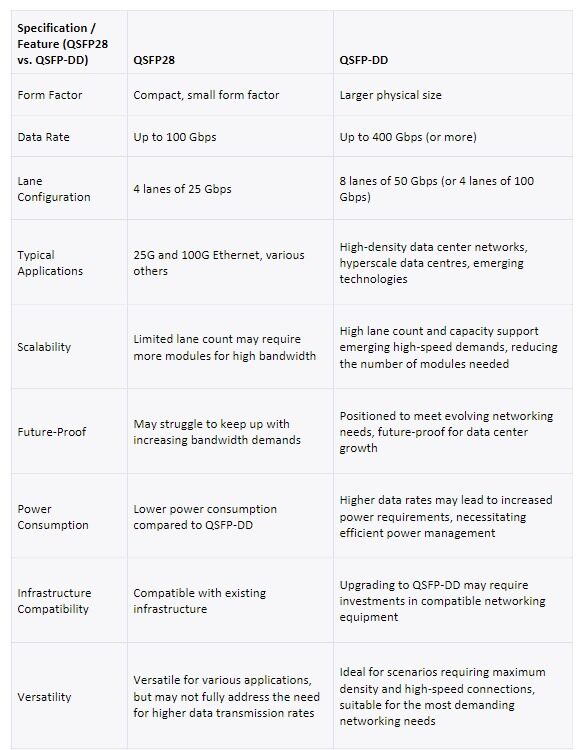
QSFP28 vs. QSFP-DD – Understanding PAM4 Modulation
PAM4 modulation is a complex encoding method that uses four separate signal levels to encode data. PAM4 encoding, as opposed to typical binary modulation (NRZ), which employs two signal levels, enables more information to be transferred per symbol, thereby doubling the data throughput.
Benefits of PAM4 Over Traditional NRZ Modulation
- The ability of PAM4 to transport more data in a single symbol period is its most important benefit. As a result, faster data transfer speeds are achieved without the need for more complicated technology.
- PAM4’s signal-to-noise ratio has been improved, minimizing the possibility of mistakes due to noise and enabling longer-distance transmission.
- PAM4 has a greater bits-per-symbol rate, which optimizes the utilization of available bandwidth and increases overall spectral efficiency.
PAM4 Adoption in Optical Communication
PAM4 modulation has emerged as the standard for high-speed optical communication systems. Its capacity to enhance data transmission speeds while retaining signal quality is a game changer for data centres attempting to meet an insatiable demand for data.
QSFP28 vs. QSFP-DD – Advantages of PAM4 in QSFP28
- Enhanced Data rates: PAM4 modulation enables QSFP28 modules to provide data speeds of up to 100 Gbps, doubling capacity over standard NRZ modulation. This considerably improves data transmission capacities, allowing for the increased demand for more bandwidth.
- Greater Distance Support: Because of PAM4’s better signal quality and higher signal-to-noise ratio, QSFP28 can transfer data over greater distances without losing performance. As a result, it is appropriate for a wide range of network designs, including both short- and mid-reach applications.
- Spectrum Efficiency: The ability of PAM4 to encode several bits in a single symbol enhances spectral efficiency. This implies that QSFP28 may maximize bandwidth consumption, making it a significant asset in busy data center situations.
- Compatibility with current Infrastructure: QSFP28 modules with PAM4 modulation or optical lane multiplexing may be easily incorporated into current data center configurations. This interoperability allows for a more seamless shift to greater data speeds without requiring a total infrastructure upgrade.
- Proven Technology: PAM4 modulation is a mature technology with a track record of performance that has been widely utilized in the industry. This dependability advantages QSFP28 with PAM4, delivering robust and consistent performance in data center scenarios.
QSFP28 vs. QSFP-DD – Limitations of PAM4 in QSFP28
- Thermal Issues: The greater data rates associated with PAM4 modulation might result in increased power dissipation, resulting in higher temperatures within QSFP28 modules. This may need the inclusion of additional cooling systems, thereby increasing the complexity and cost of data center operations.
- Limited Lane Count: QSFP28 modules are limited in lane count due to their four-lane design. While this is enough for 100 Gbps workloads, it may fall short in scenarios demanding even greater bandwidth, such as those seen in developing hyperscale data centres.
- Signal Integrity concerns: Because PAM4 signals are more complex, they are more sensitive to signal integrity concerns like jitter and crosstalk. To minimize data transmission mistakes, ensuring signal integrity becomes critical in QSFP28 systems.
- Higher Error Rates: In demanding transmission settings, PAM4 modulation may display greater error rates than NRZ modulation, needing sophisticated error correction methods and signal conditioning to preserve data dependability.
- Limited Upgrade Path: As data center bandwidth demands rise, QSFP28’s scaling limits may make it less suited for future-proofing data center networks. In the long run, upgrading to higher-density transceivers like QSFP-DD may become unavoidable.
Check the top 20 SFP+ transceivers to buy in 2023.
QSFP28 vs. QSFP-DD – Advantages of PAM4 in QSFP-DD
- High Data Rates: The utilization of PAM4 modulation within the QSFP-DD framework facilitates the achievement of remarkably elevated data rates, as evidenced by the ability of these modules to sustain data transmission speeds of 400 Gbps or above. This characteristic renders it very suitable for fulfilling the escalating requirements of data center networks, encompassing hyperscale applications.
- Increased Lane Count: QSFP-DD modules provide eight 50 Gbps channels (or four 100 Gbps lanes with PAM4). This large lane count increases bandwidth and enables effective data aggregation, making QSFP-DD a versatile solution for a variety of applications.
- Scalability: QSFP-DD was created with scalability in mind, so it can adapt to new technologies and meet increasing data rate demands. This makes it so that data centres don’t have to overhaul their networking architecture if their demands alter in the future.
- Reduced Module Count: The high lane count of QSFP-DD contributes to the reduction in the quantity of modules needed for data center installations, hence resulting in a streamlined and effective cabling architecture. This process enhances the efficiency of installation and administration.
- Hyperscale Ready: QSFP-DD is ideal for hyperscale data centres and applications that require high density and bandwidth. Its PAM4 modulation capabilities distinguishes it as a key asset in the constantly developing hyperscale data center ecosystem.
QSFP28 vs. QSFP-DD – Limitations of PAM4 in QSFP-DD
- Power Consumption Increased: The greater data rates related to PAM4 modulation in QSFP-DD modules might result in increased power consumption. To ensure efficiency, data center operators must consider power management technologies.
- Compatibility difficulties: Upgrading to QSFP-DD may need expenditure in new networking equipment and infrastructure, which may cause compatibility difficulties with current technology. Compatibility and migration techniques require significant consideration.
- Cost: Because of its increased capacity and superior technology, QSFP-DD modules are frequently more expensive than QSFP28 modules. This expense may be a factor for groups with limited resources.
- Complex Signal Processing: PAM4 modulation is more complicated than typical NRZ modulation, necessitating advanced signal processing techniques to preserve signal integrity. This intricacy can make troubleshooting and maintenance more difficult.
- Optical Impairments: PAM4 signals are more subject to optical defects like dispersion and attenuation, which might restrict the distance over which QSFP-DD modules can safely transmit data. In some cases, optical engineering solutions may be required.
What to Choose Between QSFP28 vs. QSFP-DD?
Choosing between QSFP28 vs. QSFP-DD with PAM4 modulation depends on several factors, and the decision should align with your specific data center requirements. Here are five points to consider when making this choice:
- Bandwidth Requirements: Assess your current and prospective bandwidth requirements. If your data center demands data speeds of more than 100 Gbps as well as scalability to meet future expansion, QSFP-DD with PAM4 is the superior option owing to its capability for much higher data rates (up to 400 Gbps or more).
- Infrastructure Compatibility: Consider your current infrastructure and networking equipment for compatibility. If you want a smooth upgrade path with little downtime, QSFP28 with PAM4 may be a better option because it can typically be incorporated into existing configurations. QSFP-DD, on the other hand, might be a forward-thinking decision if you’re building a new data center or planning a substantial renovation.
- Cost restrictions: Budget restrictions are important in decision-making. QSFP28 modules are normally less costly than their QSFP-DD cousins, which can be significantly more expensive due to their larger capacity. When making your selection, consider both the immediate and long-term expenses.
- Density and Space Considerations: Consider the physical space available in your data center, as well as the density of connections necessary. Because of its greater lane count, QSFP-DD can greatly reduce the number of modules and cables required, thereby reducing rack space and cable management.
- Application Specifics: Tailor your selection to the applications in your data center. If you have a combination of short-, mid-, and long-reach applications, you may need both QSFP28 and QSFP-DD in various portions of your infrastructure. To make an educated conclusion, consider the requirements of each application.
Conclusion
Whether you should use QSFP28 or QSFP-DD with PAM4 modulation depends on the needs of your data center. When comparing QSFP28 vs. QSFP-DD, QSFP28 is compatible, reliable, and cost-effective for applications that need a speed of up to 100 Gbps. QSFP-DD, on the other hand, is ready for the future because it is scalable, has high data rates (up to 400 Gbps), and saves space. This makes it perfect for hyperscale environments and applications that need a lot of bandwidth. Assess your current and long-term needs, infrastructure, and budget to make an informed decision that maximizes data center performance and development.
FAQ's
PAM4 (Pulse Amplitude Modulation 4) is a modulation technique that encodes data using four different signal levels for higher data transmission rates in optical communication.
QSFP28 (Quad Small Form-Factor Pluggable 28) is a transceiver module used in data centres, supporting data rates up to 100 Gbps.
QSFP-DD (Double Density) is a transceiver form factor designed for higher data rates, with the potential to support up to 400 Gbps or more.
PAM4 enables higher data capacity, improved signal quality, enhanced spectral efficiency, and increased data transmission rates in optical communication.
PAM4 modulation is crucial in data centres as it enables faster and more efficient data transmission, addressing the growing demand for higher bandwidth.
QSFP28's limitations include potential thermal challenges, a limited lane count, and lower scalability compared to QSFP-DD.
QSFP-DD offers higher data rates, scalability, reduced module count, and is well-suited for hyperscale data centres, optimizing network performance.
Consider bandwidth requirements, infrastructure compatibility, cost constraints, space considerations, and application-specific demands.
Yes, QSFP-DD modules are often more expensive due to their higher capacity and advanced technology.
The future may bring even denser and higher-speed form factors to meet the evolving demands of data centres, paving the way for innovations beyond QSFP-DD.
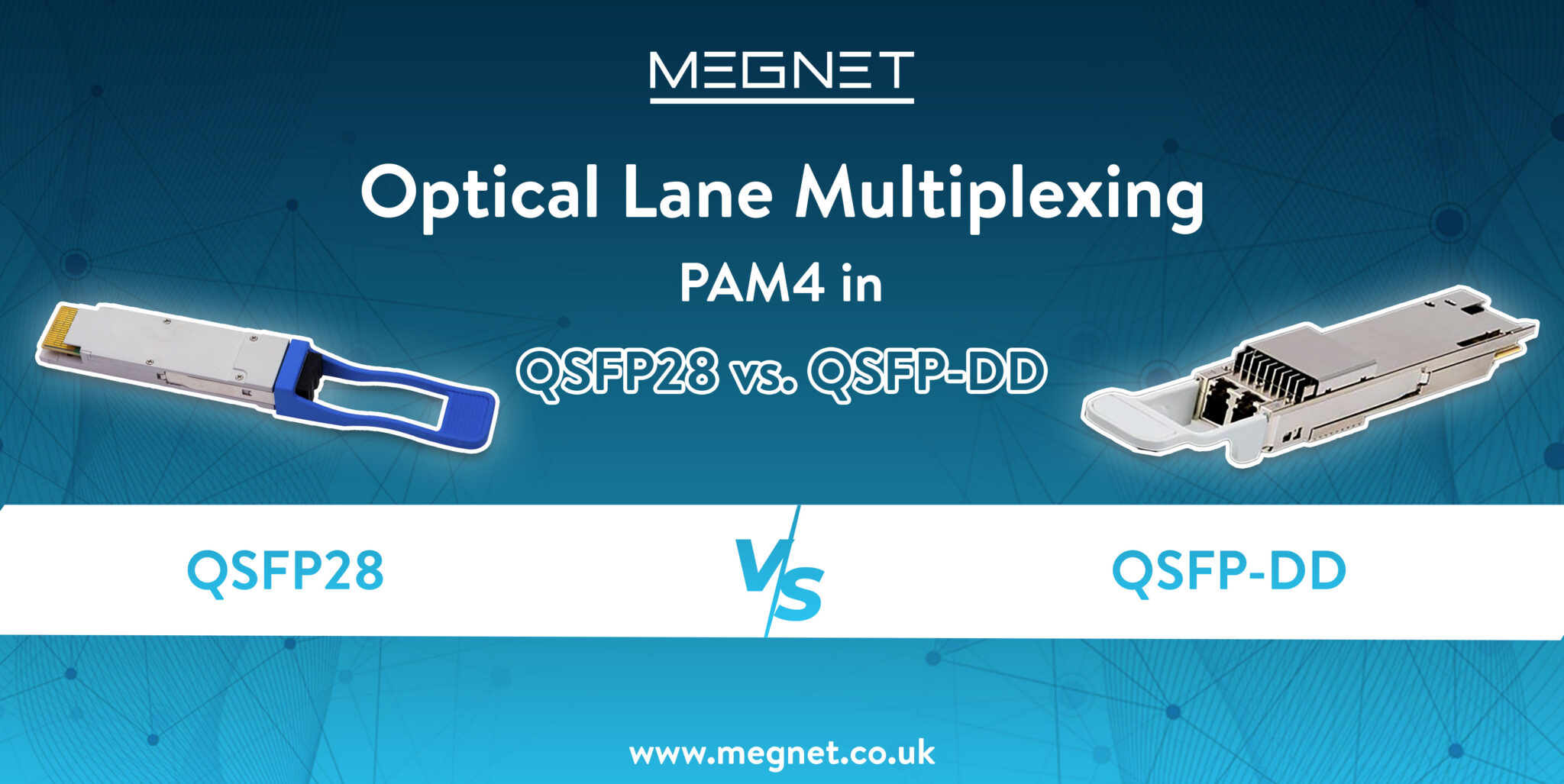
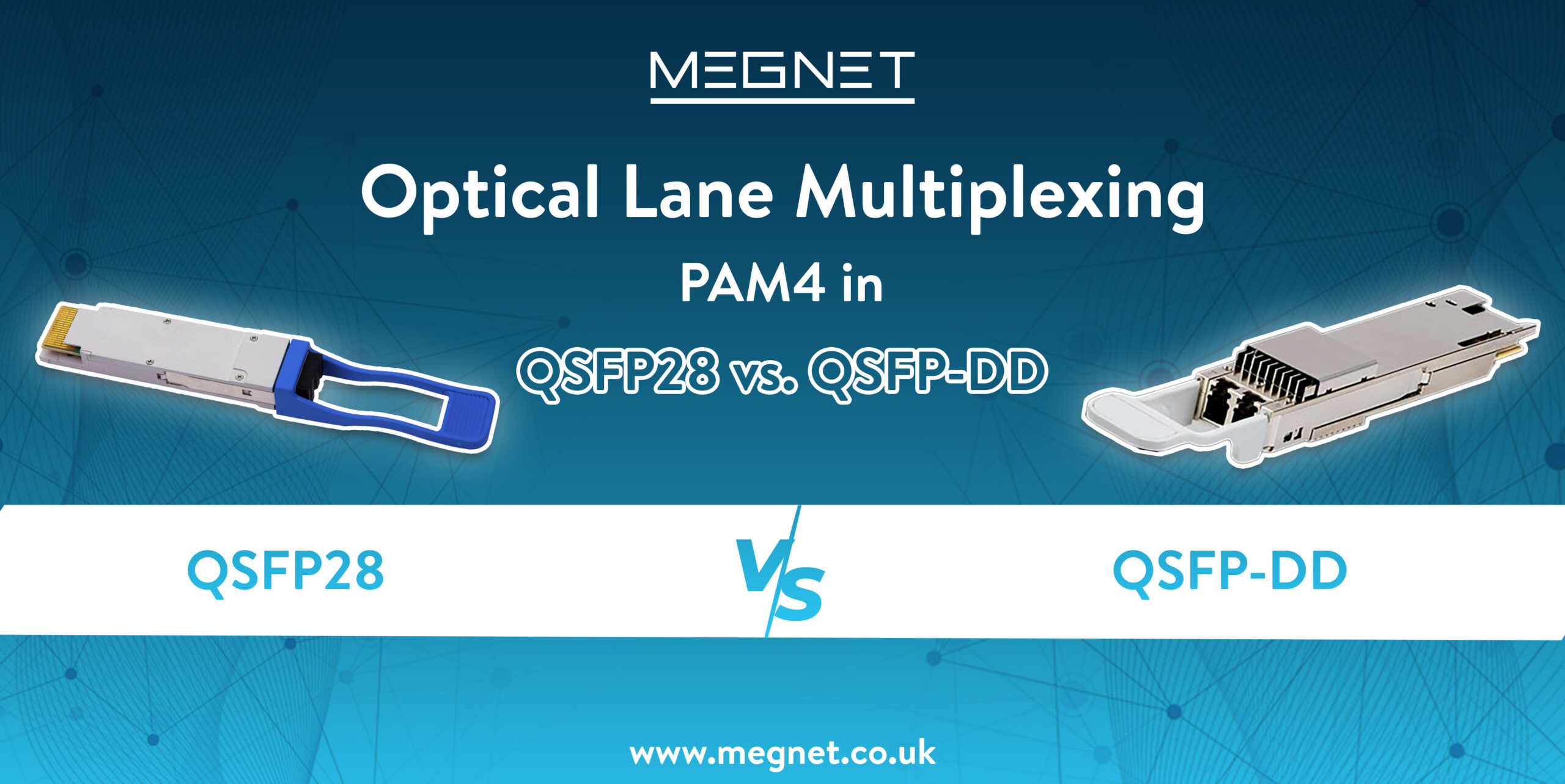

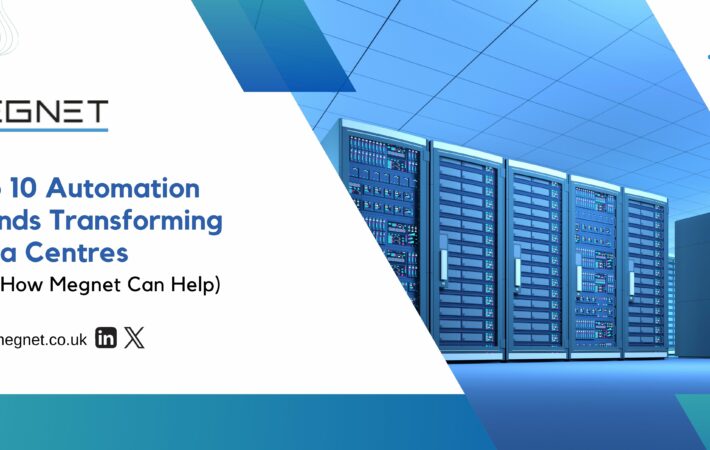

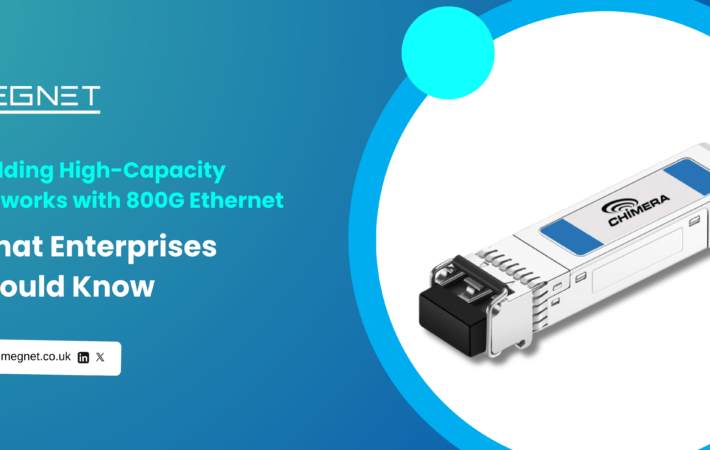
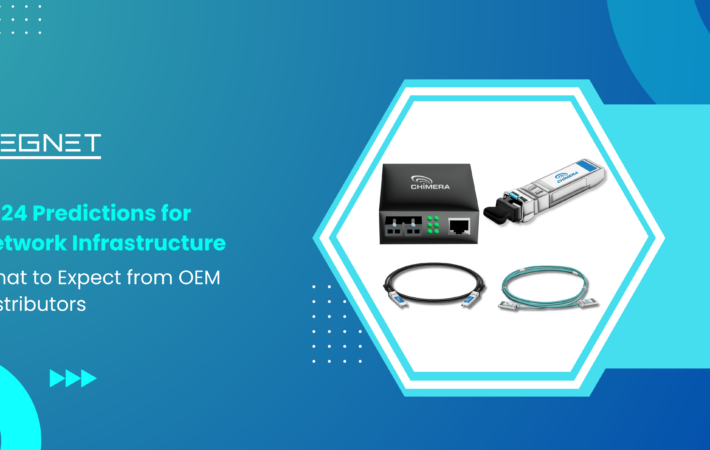
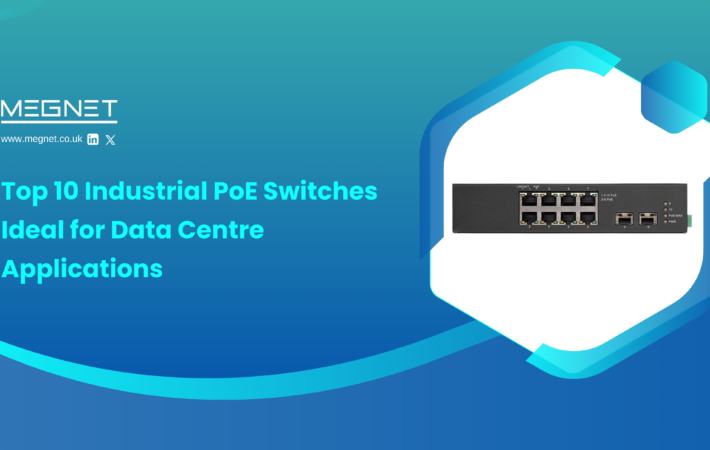


Leave a comment
Your email address will not be published. Required fields are marked *